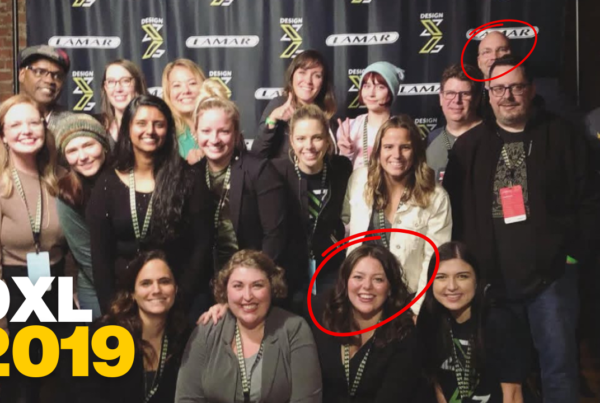We’ve all had that client—the one who wants to meet about everything. Sure, they’re excited about their project and love to talk with you about it, but let’s be honest, it can get out of hand. So how do you manage a client who wants meeting overload without damaging the relationship? Here’s a simple solution that will protect your time and ensure you’re compensated for it.

“No, Mr. Client, I am not interested in having a meeting to hear what your puppy thinks of the latest logo designs.”
The Problem with Too Many Meetings
Every time you hop on a call, your design work gets pushed back, projects get delayed, and progress stalls. While some meetings are critical to success, not every fleeting thought the client has needs a 30-minute Zoom call.
Don’t get me wrong, some projects require a lot of meetings. When we were executing a six-month, multi-six-figure website project for a client, we definitely had a TON of meetings. But when the projects are small, the meeting quantity should be small too, or you’ll quickly wipe out your profit margin.
The Solution: Set Clear Boundaries with Your Contract
Over my 15 years in the agency grind, I’ve tweaked my contracts over and over again to protect myself from nearly every problem that can arise with a project, including meeting overload. It all starts with the contract.
In fact, to control unnecessary client meetings, all you need to do is define the meetings in your contract. Super simple. You could include a section like this:
Meetings and Presentations
The following meetings and presentations are included in this project scope:
Kickoff Meeting: This meeting will last 30-45 minutes. During the meeting, we will review the project scope, introduce team members working on the project, set you up in our project management software, and discuss any other necessary items to get the project started effectively.
Mood Board Discussion: We will present design mood boards and discuss the different design styles we can explore for the project.
First Design Comp Presentation: This meeting will last 30-60 minutes. We will present the initial designs and discuss client feedback.
All other project communication will be asynchronous and conducted through email or our project management system.
But what about when a client starts requesting additional meetings that weren’t originally planned? Even this meeting breakdown doesn’t fully protect you. You need one more clause.
Add This Clause to Protect Your Time
This is the magic clause to add at the end of the meeting breakdown. There are two options to consider:
Option 1:
“Any meetings requested by the client outside of those listed in this agreement will be charged at a rate of $XXX per meeting.”
Option 2:
“Any extra meetings will be charged hourly at a rate of $XXX per hour.”
This way, when a client starts asking for additional time-consuming meetings, you can kindly refer back to the contract. You’re either keeping the number of meetings under control or getting paid for the extra time you’re spending.
 You Can’t Avoid All Meetings (Nor Should You)
You Can’t Avoid All Meetings (Nor Should You)
It’s not about avoiding meetings entirely. You should still meet with your clients for key moments in the project. I always recommend a kickoff meeting to get everyone on the same page, along with necessary touchpoints for important deliverables like research findings, strategy sessions, or presenting initial design concepts etc.
But for almost everything else, push for asynchronous, written communication. A quick email update or message in your project management software can accomplish a lot without taking up valuable time. Plus, asynchronous communication often leads to more thoughtful responses and fewer back-and-forths.
Conclusion: Protect Your Time or Get Paid for It
By setting expectations upfront and charging for extra meetings, you’re not only protecting your time, but you’re also positioning yourself as a professional who values efficiency. Your clients will respect the boundaries you set, and you’ll avoid feeling like your day is getting swallowed up by endless Zoom calls.
Let’s face it, the less time you spend in meetings, the more time you have to do what you do best—create.












